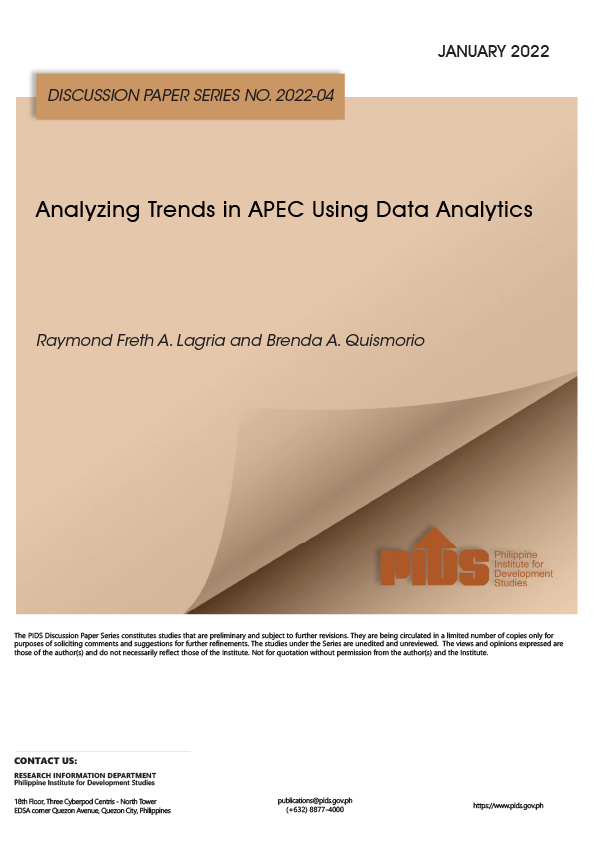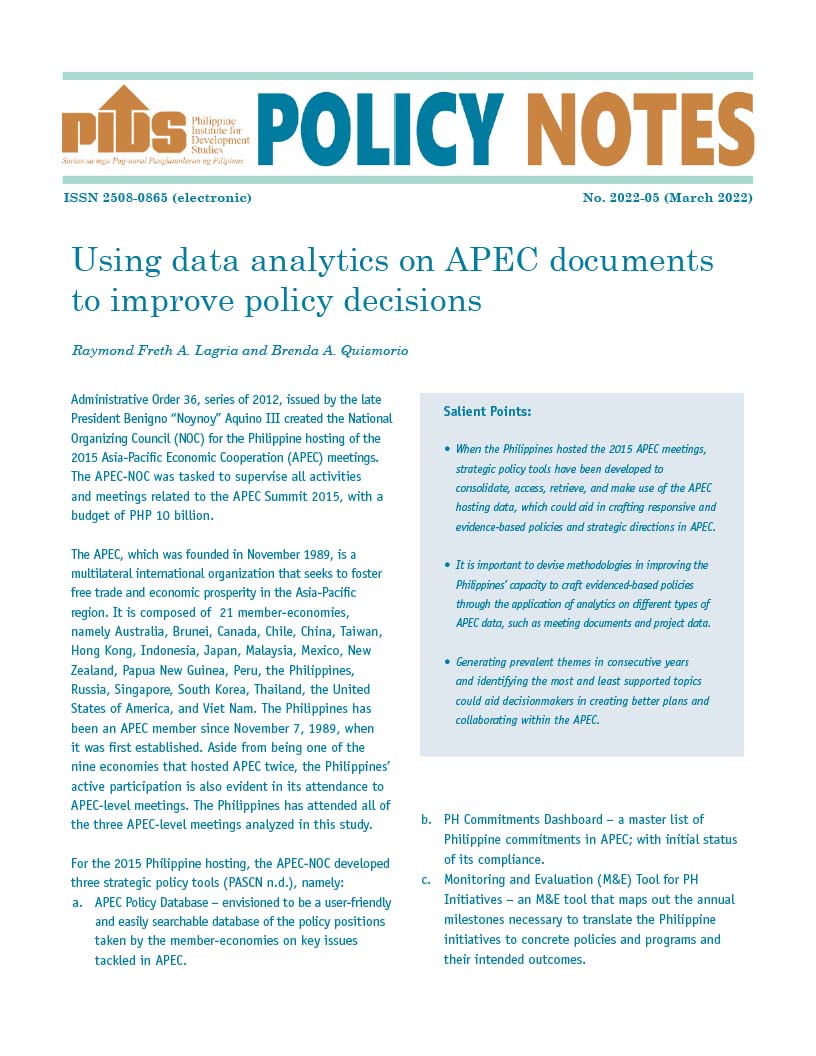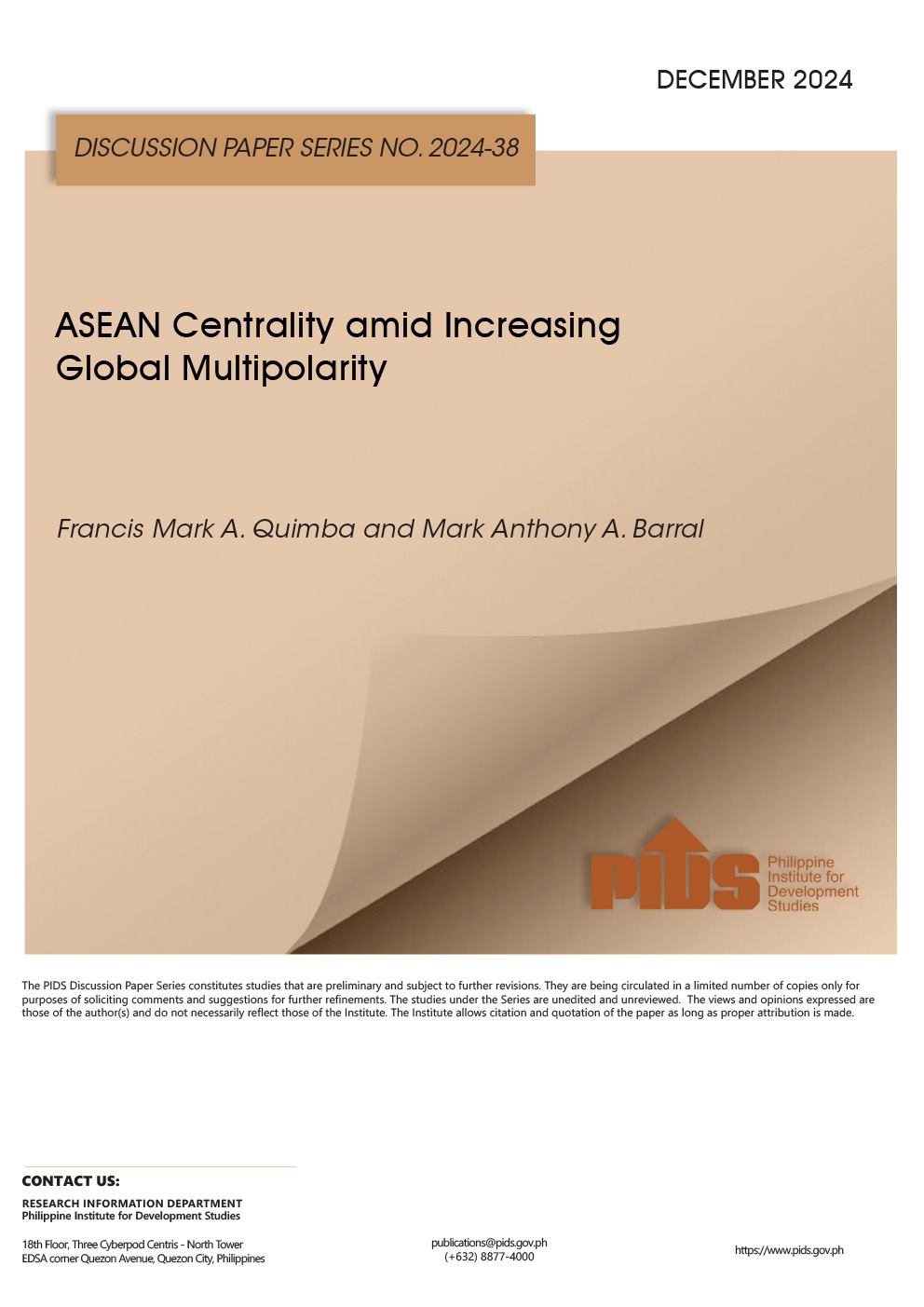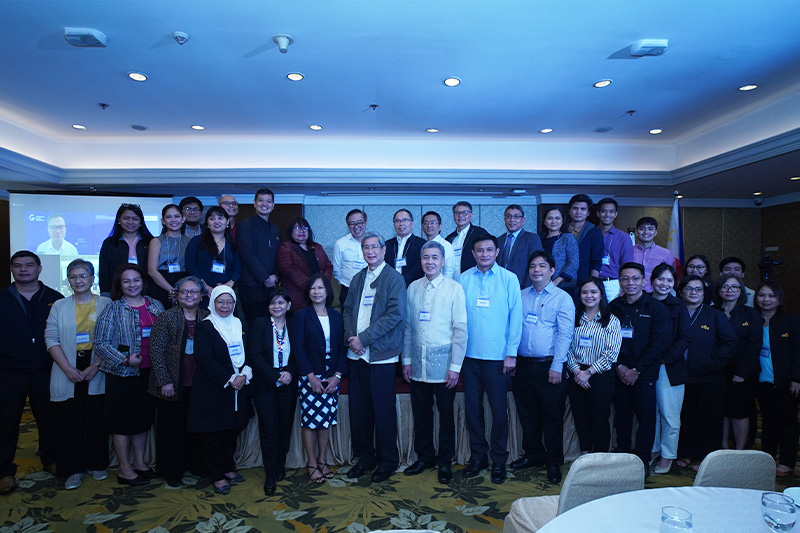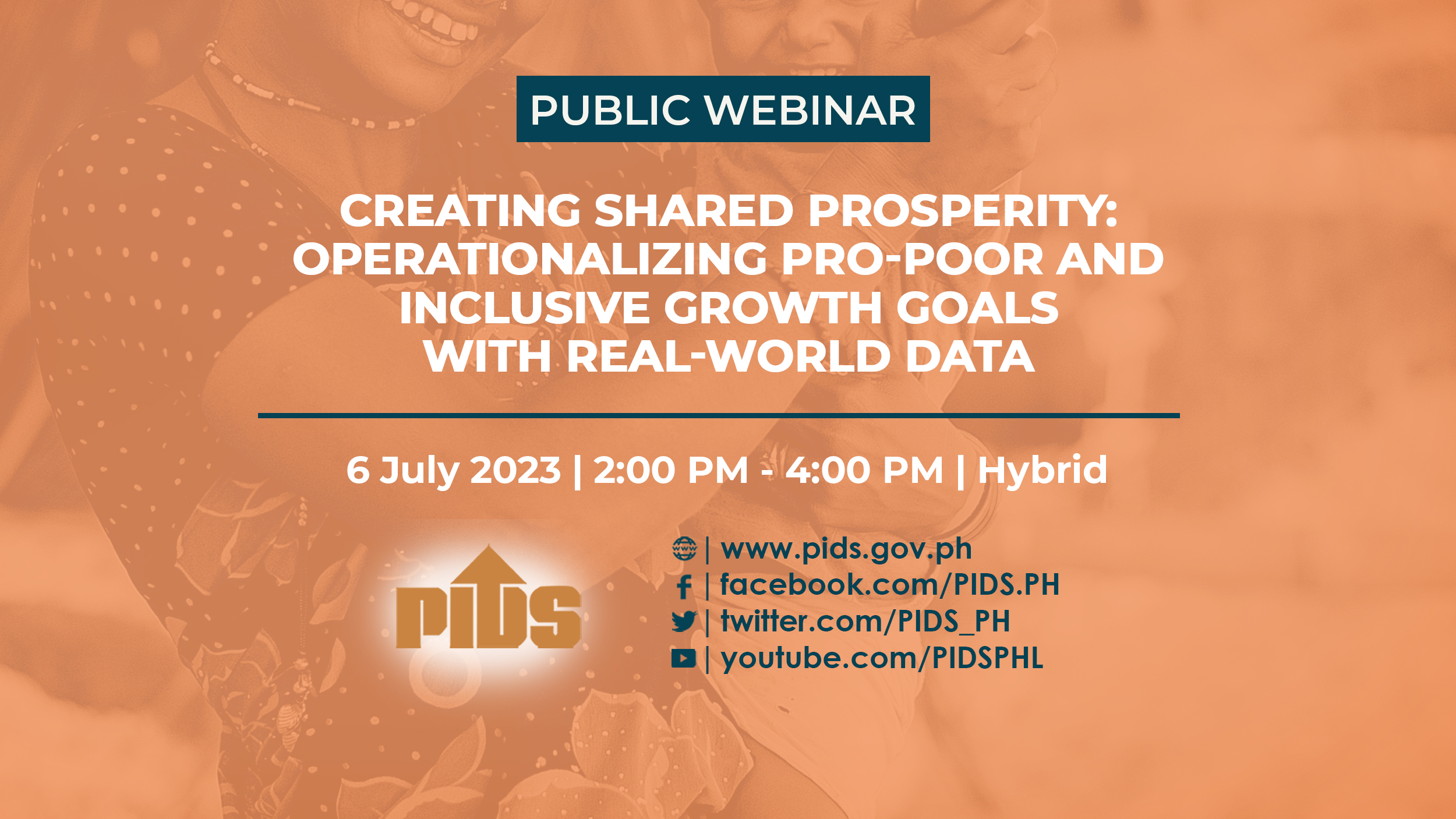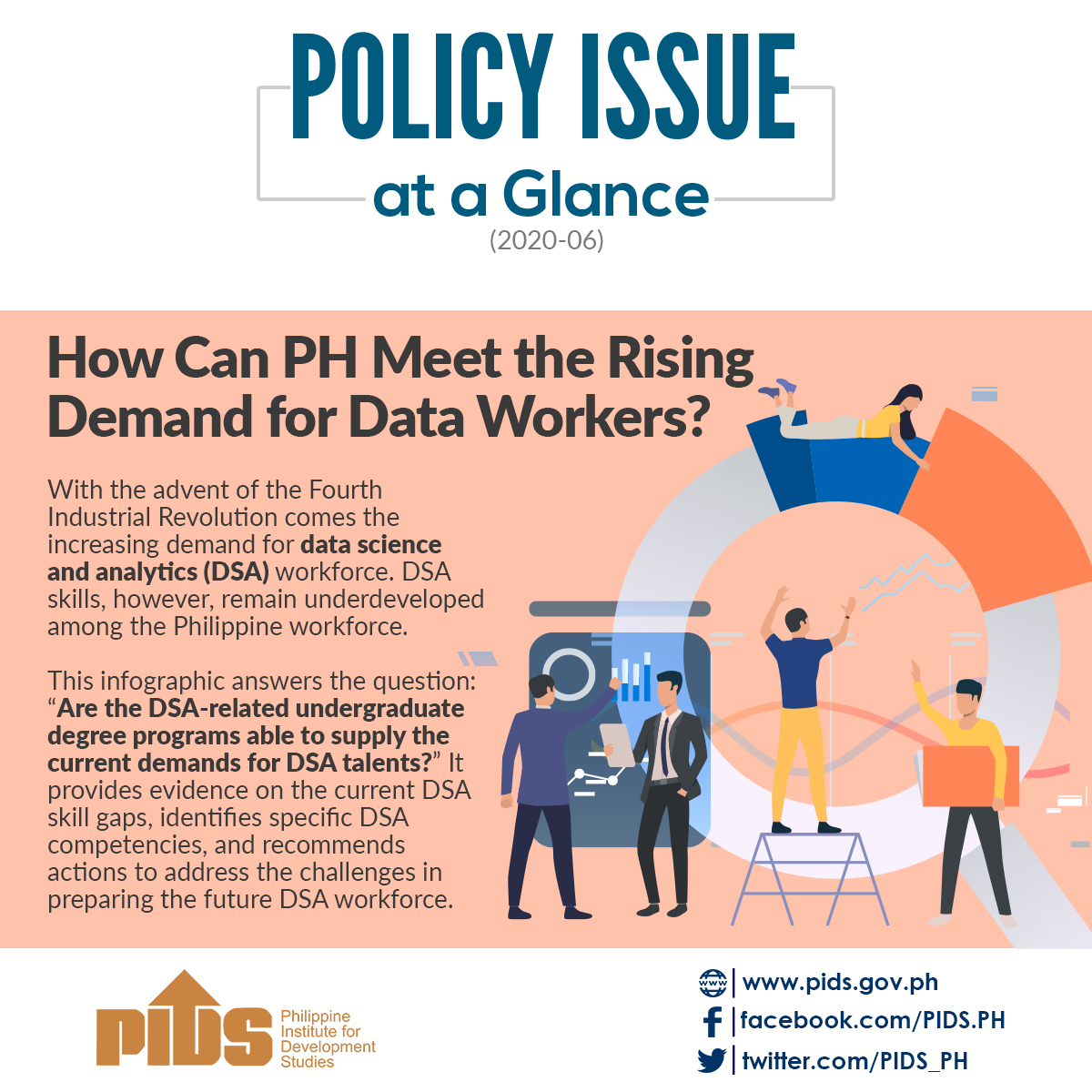The Philippines is on track to achieving Asean (Association of Southeast Asian Nations) Economic Community (AEC) goals but its performance is moderate compared with others in the region, according to a Philippine Institute for Development Studies (PIDS) report.
PIDS senior research fellow Francis Mark Quimba, in his "How Does the Philippines Fare in Meeting Asean Economic Community Vision 2025?" study, assessed the country in terms of how it was achieving aspects of the AEC blueprint: * a highly integrated and cohesive economy (Characteristic 1); * a competitive, innovative, and dynamic Asean (Characteristic 2); * enhanced connectivity and sectoral cooperation (Characteristic 3); * a resilient, inclusive, people-oriented, and people-centered Asean (Characteristic 4); and * a global Asean (Characteristic 5).
These were further broken down into 60 key result areas or indicators and the Philippines was found to be "on track" with regard to 37 out of those.
It "performed at the middle level compared to other Asean countries, specifically in 29 out of 60 indicators," Quimba noted.
For Characteristic 1, an upward trend was observed in the areas of trade in goods and services, participation in global value chains, and financial inclusion.
The Philippines, however, ranked low in terms of intra-Asean exports, intra-Asean foreign direct investment (FDI) flows by source country, and accounts in a financial institution.
With regard to Characteristic 2, meanwhile, little progress was seen in research and development expenditure and time required to start a business.
In the area of Characteristic 3, the Philippines ranked low with regard to intra-Asean tourist arrivals and 3G coverage.
For Characteristic 4, improvements were seen in terms of private partner investments in infrastructure for sectors such as energy, transport, and sanitation but not for information and communications technology (ICT).
Quimba's study also noted sluggish youth labor force participation and density of micro, small, and medium enterprises.
Lastly, the Philippines increased its openness to the world through trade by reducing tariffs for free trade agreement partners under Characteristic 5. However, FDI flows to the rest of the world are decreasing.
For the Philippines to become an upper-middle-income country, Quimba said "more improvements would be needed to step up the progress being made." "Our national industrial strategy would need to keep supporting and pushing the industries to innovate and produce competently and sustainably," he said.
He also emphasized the importance of prioritizing ICT infrastructure, noting the "high cost but low speed and weak internet connection" in the country.
Quimba also cited the need to support entrepreneurs and start-ups, promote financial inclusion among the unserved and underserved, and create job opportunities for the youth.
"The experience from the pandemic has shown that a lot of young people are innovative and enterprising. The country can capitalize on these characteristics to maximize the gains from the demographic dividend," he said.
Quimba urged the government to attract more foreign direct investments, especially in the technology sector, by first creating an enabling environment.

